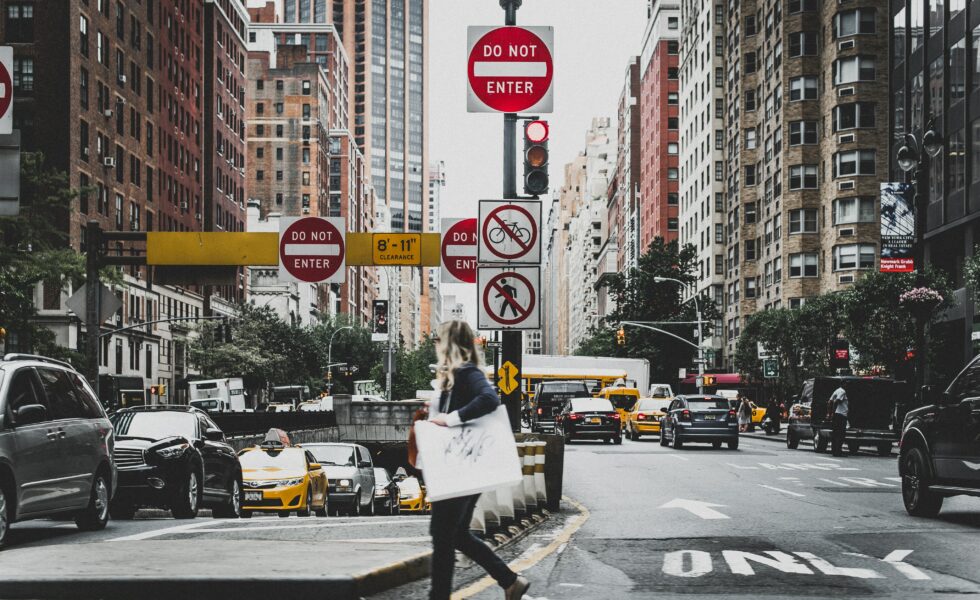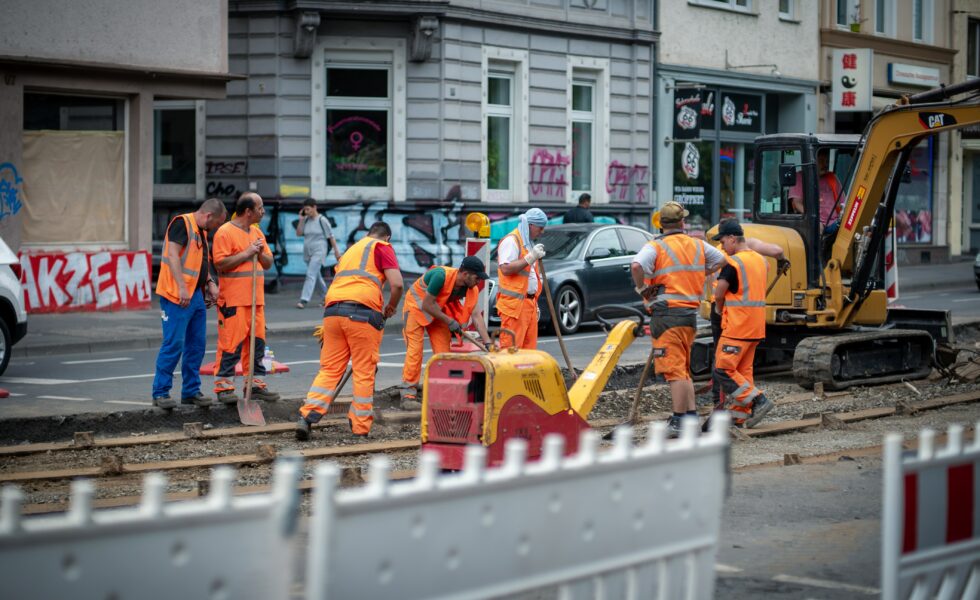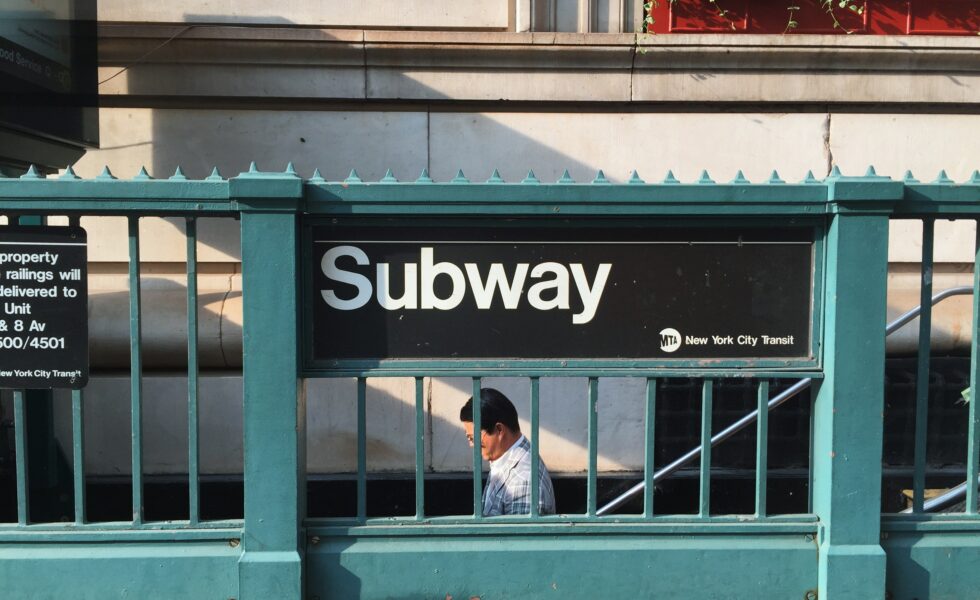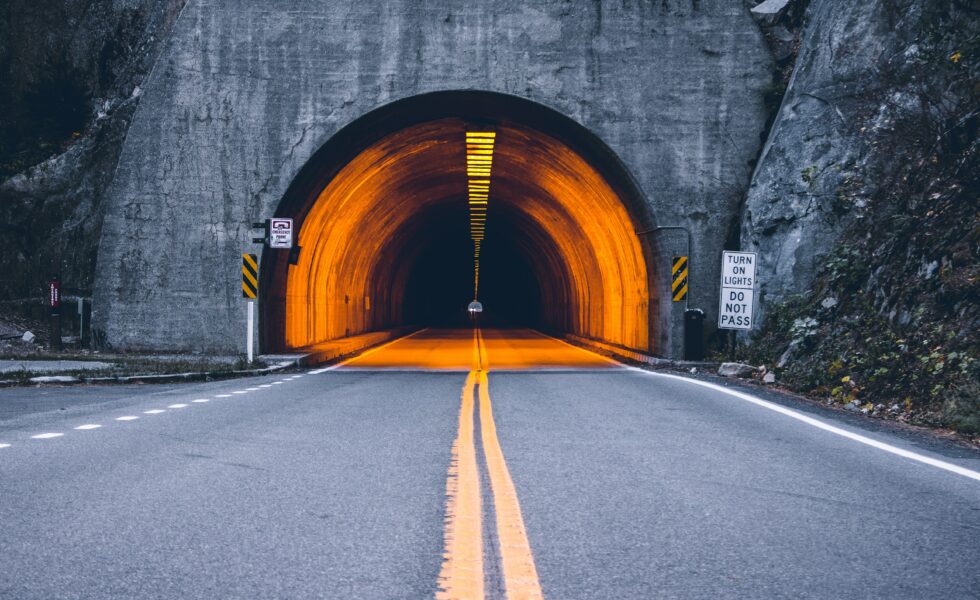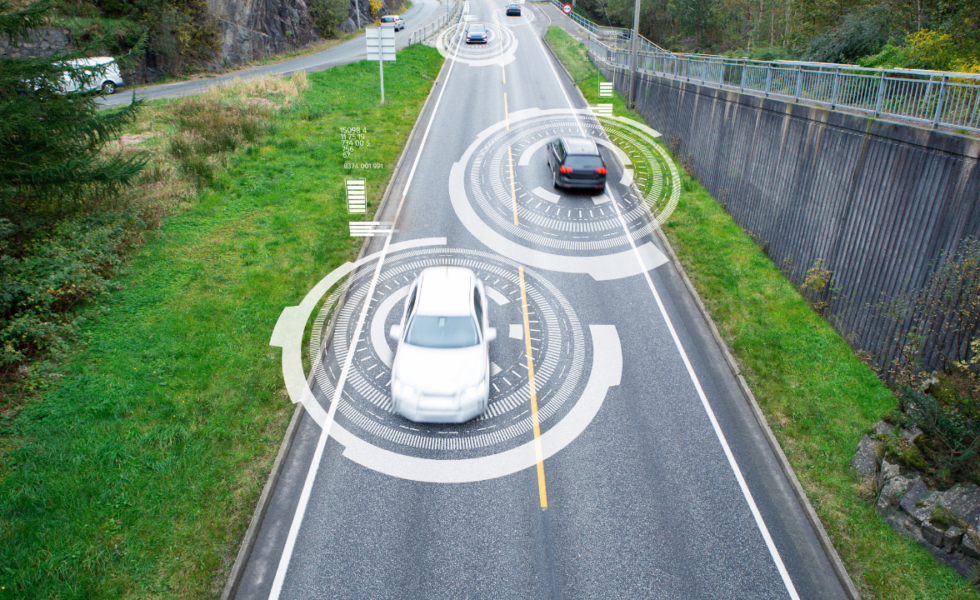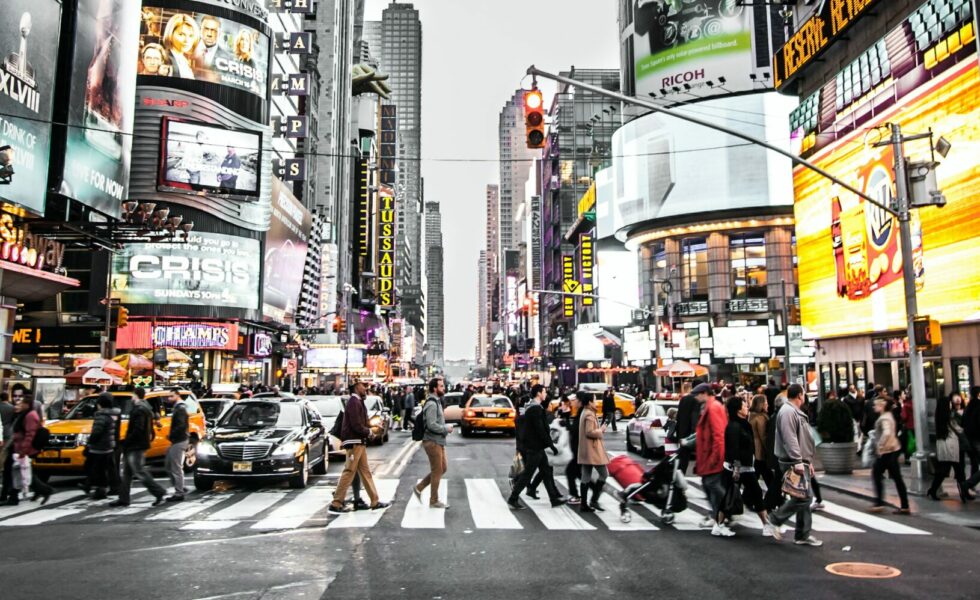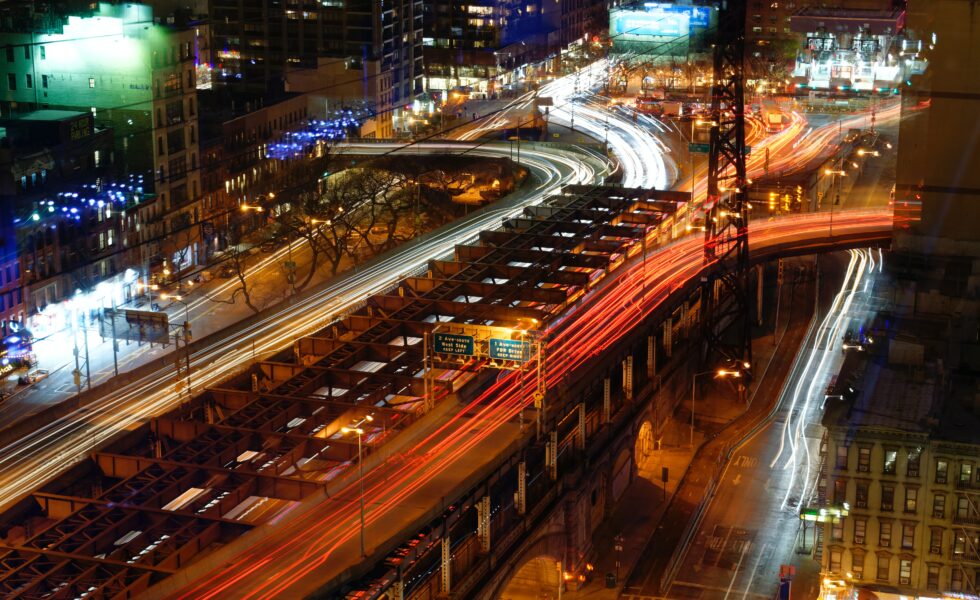A Cost-effective Approach Towards Building a Traffic Sign Data Inventory Using Open Street Images
Traffic signs are critical assets for roadway and infrastructure management. They are also in a great variety and different conditions. According to the asset management plan proposed by US DOT, the research team proposes a cost-effective approach to build a traffic sign data inventory using open street images.

